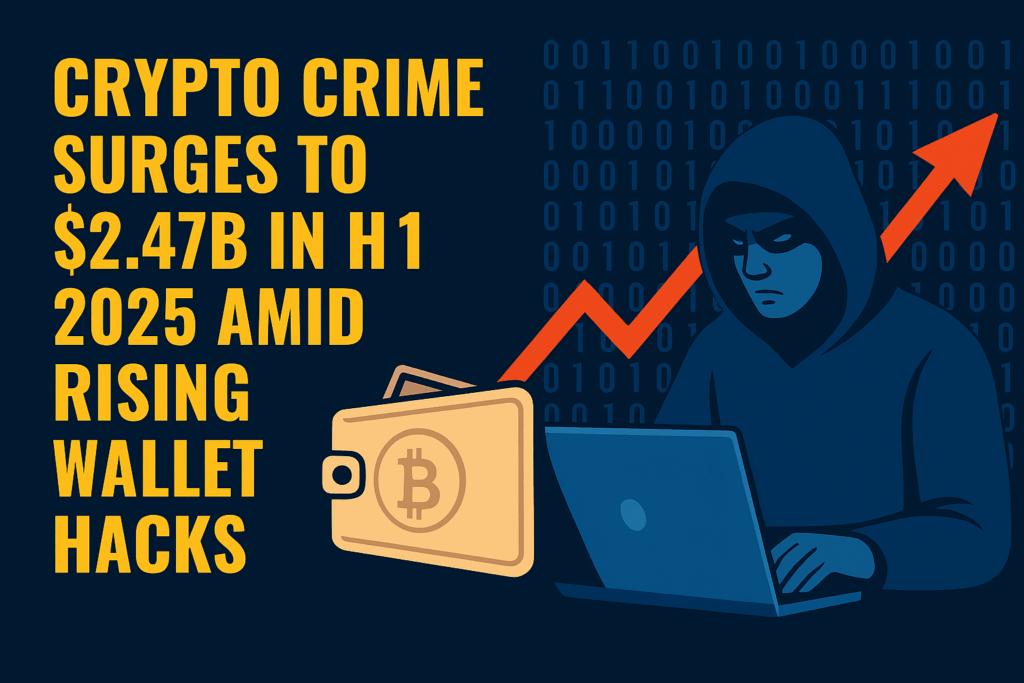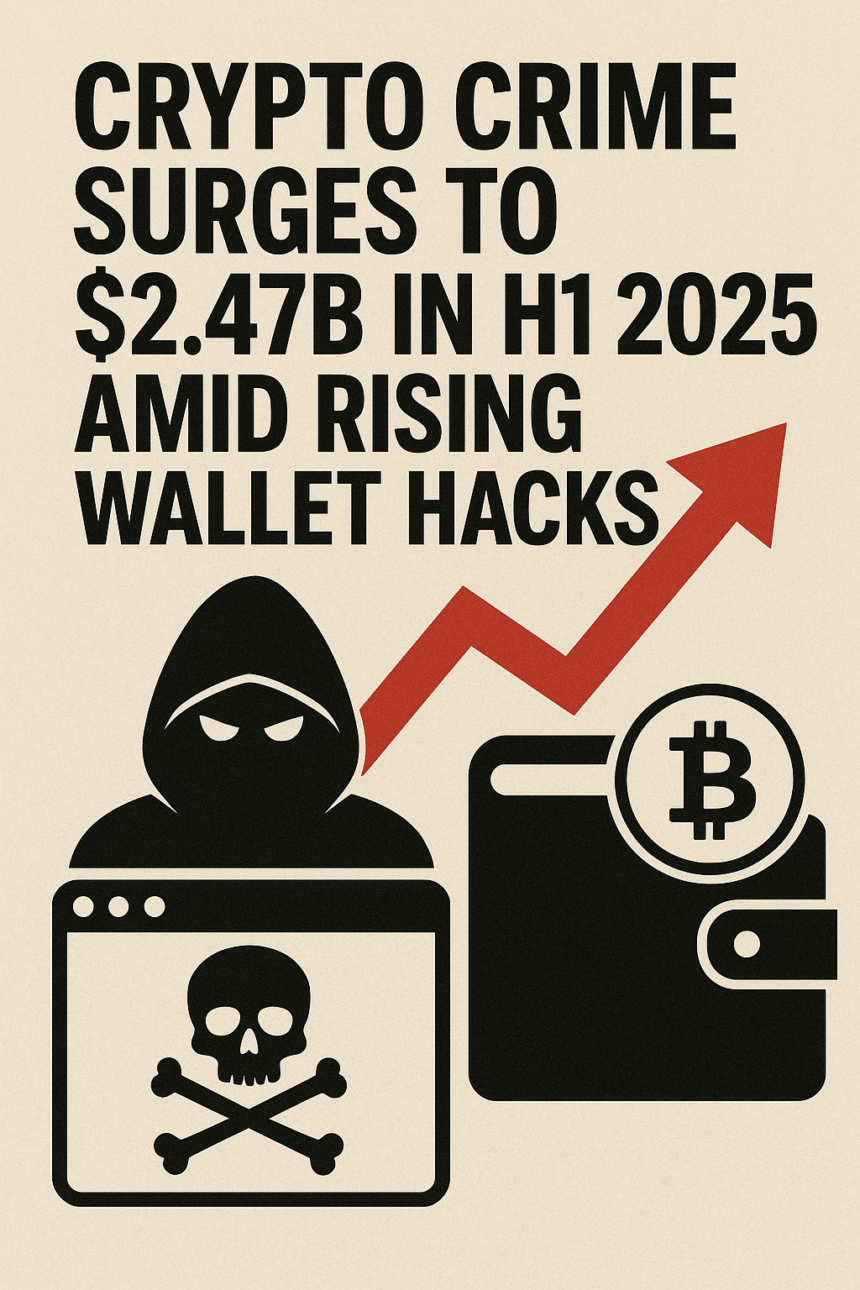The crypto industry has already experienced higher losses in the first half of 2025 than it did in the whole of 2024. In the first half of 2025, more than 2.47 billion dollars were lost, indicating a worrying trend in the theft of digital assets.
One particular theft that made global headlines was North Korean hackers stealing 1.5 billion dollars from ByBit. This incident remains the single largest theft in the history of cryptocurrency and it illustrates the unprecedented risks that cryptocurrency holders face today.
Most of the time, the media focuses on the spectacular hacks of cryptocurrency exchanges, but, even if it flies under the radar, a more serious issue has begun to emerge: the hacking of personal crypto wallets.
Personal wallets are the very tools the users need in order to manage and store their crypto assets. In 2025, the theft of crypto wallets has already contributed to over 23% of all stolen crypto. This is the highest figure recorded in crypto crime and it illustrates the worrying shift in the targets of digital criminals.

Because of the enormous amounts of assets held by exchanges and crypto service providers, they have historically been the primary target. Smaller exchanges, in particular, tended to be the target of hacks and exploits. Nonetheless, the entire industry operates with a higher level of security.
With the infrastructure of exchanges focused and compliance checks and monitoring systems made, the exchanges funds are indefensible and undetectable for cybercriminals to empty. With these defenses in place, cybercriminals are now focused on hackers personal wallets, the assets which are controlled by the consumers themselves.
With personal crypto wallets, users have the power to complete owner control over their assets. Fully unlike exchange accounts, which have security teams monitoring transactions and overall protecting the funds, the wallets have security maintained by the individual.
This lack of oversight and security, especially in rising crypto prices, can be highly exploitive for cybercriminals. The growth in cybercrime, especially with the use of AI, has made sophisticated scams easier to implement.
Assessing stolen assets uncovers three distinct patterns. Bitcoin continues to steal the show in the value of assets taken. Although large-scale Bitcoin theft is difficult to pull off, it commands the most dollar value lost per theft. The theft of other coins, termed “altcoins,” is being focused on more and more too.
Newer ecosystems, and networks, most notably Solana, and ecosystems involving memecoins and other new-age assets, are targeting a growing number of victims. The value of assets lost is not static. The value of stolen assets in a bullish market is more than double the value when stolen, which makes wallets even more appealing to hackers.
The evolution of crypto crime is most evident in personal wallets. There is, however, no need to panic sell or shift all your assets to an exchange as crypto crime evolves. This, however, limits the steps to protect your assets.
Invest in a trusted hardware wallet, enable 2FA, use strong passwords, and keep your recovery phrases locked in a safe and secured offline. Always be mindful and vigilant of any unsolicited messages or prompts, no matter how legitimate they appear.
With the crypto industry continuing to evolve and become more lucrative, the focus on individual wallets is expected to increase in 2025. Asset values continue to increase, attacks become more sophisticated, and the stakes become higher, meaning the security of crypto wallets will become necessary, not just an option.
The difference in maintaining the security of your crypto wallet is the difference between becoming one of the multitude of people losing a staggering $2.47 billion, and safely avoiding the loss.









